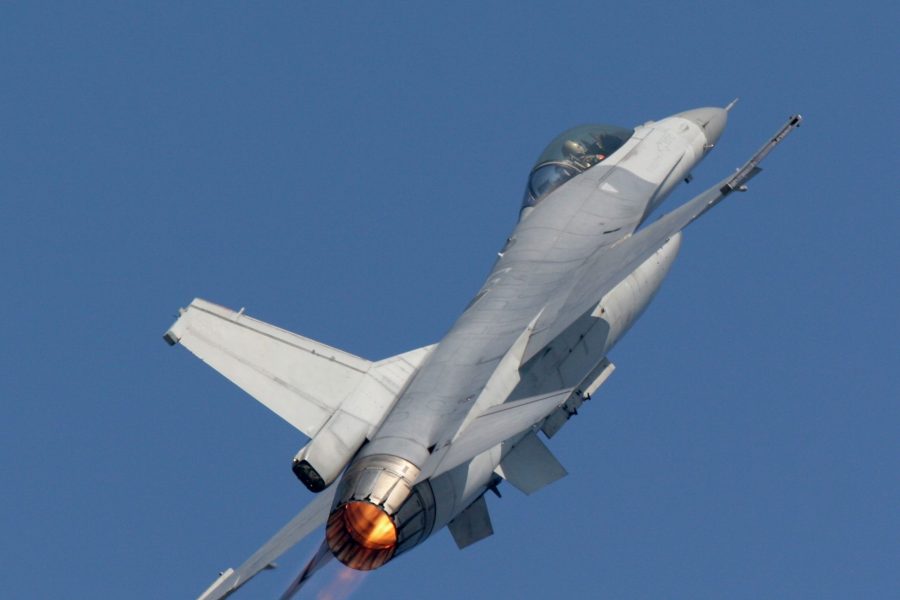Top Aces Corp., the first company to operate the F-16 commercially, imported its first four of 29 jets from Israel late last month, President Russ Quinn told Air Force Magazine.
The jets were broken down and flown via cargo jet to the company’s F-16 Center of Excellence in Mesa, Ariz. After nearly six years of locking down the deal and working with the State Department, Quinn said Top Aces has received approval to bring all 29 aircraft to the U.S. It plans to bring the fighters back in batches of 12, depending on market conditions, with two jets coming in every other month. The goal is to be on contract and flying for the U.S. Air Force or U.S. Navy in 2021.
“The professionals at Top Aces are looking incredibly forward to serve. We’ve got a group of ops and maintainers and support folks that have been waiting and really moving to get to the point where we can serve the Air Force with these assets,” Quinn said. “We see that as our highest priority currently, and we’re just really looking forward to bringing the next level of capability, both equipment-wise and people or professionalism, to the Air Force commercial adversary air business.”
Top Aces is one of seven companies awarded indefinite delivery, indefinite quantity contracts in October 2019, allowing them to bid on specific task orders under a broader adversary air contract worth up to $6.4 billion. The contract could eventually include some 40,000 hours of adversary air at 12 fighter bases, plus 10,000 hours of close air support training at nine bases.
Air Combat Command in July 2020 awarded three companies contracts worth up to $433.6 million to fly more than 5,400 annual sorties at five training bases. Though Top Aces is allowed to bid on contracts, it’s yet to be awarded any, because ACC was waiting until it had brought its jets back to the U.S., Quinn said. Now that it has them, the company has its eye on the follow-on adversary air contract for Nellis Air Force Base, Nev., which he expects to drop in the third quarter of this year. Draken International currently is under contract at Nellis, supporting the U.S. Air Force Weapons School.
Top Aces will upgrade its early block F-16s with an active electronically scanned array radar, helmet-mounted cueing system, tactical datalink, and high off boresight capability. Its open mission system, which can be integrated into any platform, has already been integrated and flight tested in its A-4 Skyhawks. That is what “really makes [the F-16s] capable, in terms of simulating a variety of threats,” said Quinn.
“We’re very excited about that level of risk reduction,” Quinn said. “It makes a big difference for us in terms of making the F-16 embodiment and integration a lot easier and a lot quicker.”
Although the company has done some work on the jets in Israel, Quinn said that was mostly bringing them back to flight status. All the advanced work will be completed in the United States.
The Air Force recently re-established the 65th Aggressor Squadron with F-35s at Nellis and has talked about bringing more aggressor work back in house. But the companies vying for the contract air award are banking there is still plenty of work to go around.
“It was very important to bring the F-35s in, but honestly even with the numbers they’re talking about, there’s still a tremendous void in the numbers that are required. We still see there’s plenty of opportunity for commercial operators that are appropriately priced and equipped. We think we’re that,” he said. “So now, I feel pretty good about the future.”
